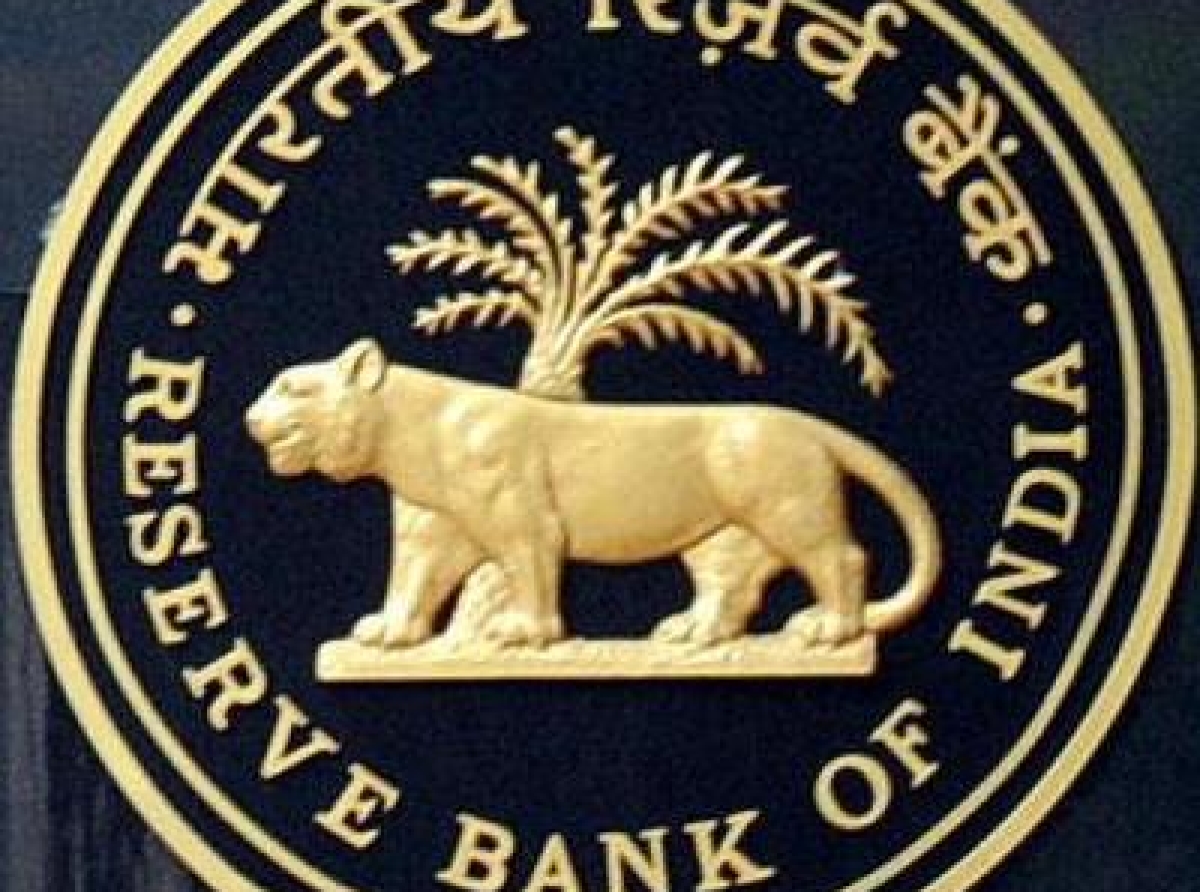23 July 2022, Mumbai:
As the rupee plummeted to a new low of breaching 80 per dollar last week, exporters expected the weakening domestic currency to help a wide range of industries, particularly labor-intensive ones like textiles and apparel, agriculture, footwear, and handicrafts — where margins are typically tight and services industries like IT.
According to a Business Standard report, Textile industry players are buoyant that the weak rupee will help the trade & commerce, which is a net exporter, to the extent of a 5-10% likely rise in profit margins albeit in the same breath trade pundits opine that for some the joy may be short-lived gains may not be lasting & enduring.
Since over 44% of the foreign loans obtained by Indian enterprises were unhedged, some smaller and mid-sized companies are anticipated to experience tough times as the Indian rupee remains around its lowest level relative to the US dollar.

The Reserve Bank of India's statistics indicates that Indian businesses raised about $38.2 billion during the fiscal year that ended in March. Only 56% of these loans are hedged, and the remaining foreign loans are left unprotected, exposing the companies to the risk of currency volatility.
The general trade belief in the textile sector is that the falling rupee will help enhance India’s competitiveness @ the global marketplace leading to increasing the export of textiles.
Albeit there is a greater need to pay the attention to the context against the movement in the currency of the country we are competing with for a realistic understanding.
ALSO READ How Favourable Is Rupee's Precipitous Fall For Indian Textile Sector

There may be natural cover in foreign exchange revenues for some of the unhedged loans. According to experts, the rupee is predicted to weaken much more this year due to the massive maturity of foreign debts. Therefore, Indian enterprises will have to take cover immediately or book losses.
"While the exporting businesses, particularly those that export software, will benefit from the weakening rupee, the importing companies—if they maintained their unhedged positions—may suffer substantial financial consequences.
However, no significant corporation will permit them to retain their foreign exchange liabilities unhedged, especially given the unstable geopolitical environment brought on by the Russia-Ukraine war, according to Prabal Banerjee, an international finance specialist.

ALSO READ Falling Rupee: Increasing Exports
According to him, smaller and mid-sized businesses that wish to save costs take out unhedged loans. Foreign loans, also known as external commercial borrowings (ECBs), have become a significant source of funding for the Indian corporate sector.
In addition to providing a relative cost advantage due to persistently low global interest rates, it supports both the country's demand for credit and its economic expansion. As per surveys by the Bank of Baroda, ECBs currently make up a sizable portion of India's external debt, accounting for 36.8% as of December last year.
RELEVANT NEWS Indian Apparel Exports: An Overview
The majority of the rated corporations, according to rating agency Moody's, have safeguards in place to reduce the impact of currency changes.
These include natural hedges in revenue and costs with US dollar denominators or links, certain US dollar financial hedges, or a combination of these elements. These assist limit the adverse effects on cash flow and leverage, even in the case of a more severe depreciation scenario.
RELEVANT NEWS How Much Is Depreciated Currency Supporting Indian Apparel Exports
According to Moody, over half of the 23 India-based companies it rates have natural hedges that lessen their exposure to rupee weakness.
Corporate executives claimed that a weak rupee increases the landing cost of imported goods, allowing domestic producers to hike prices. Despite the recent decline in metal and oil prices due to recessionary concerns, these benefits will be negated by increased currency volatility due to rising interest rates.

RELEVANT NEWS Covid Induced Supply Chain Constraints Of China And Its Impact On the Textile Sector
"To control inflation, the central bank had to increase repo rates several times. The cost of interest for businesses has gone up as a result.
"Additionally, companies like ours have payments and receivables in dollars. "This is because 50% of our revenue comes from foreign markets.
_large.jpeg)
RELEVANT NEWS Indian Textile Industry: Will India Miss The Boat Again
The engineering major is not the only business considering these tactics to reduce the risks associated with commodities and currencies.
Firms in the infrastructure, capital goods, and cement sectors must use outward and inward covers to safeguard margins from currency fluctuation.
Analysts claim that smaller players have challenging hurdles as costs rise, increasing the amount of working capital they need.

However, for the gains to materialize, the rupee must stabilize at a depreciated level in the international market.
However, the genuine concern is that country could lose the currency edge as the peer currencies are also under constant pressure i.e. currencies of its competitors devaluate proportionately.
By economists' estimates In the last 10 months, the rupee's exchange rate with the dollar has fallen 8.7%, from 73.6 to 80, and sectors like textiles as per insiders operate at a wafer-thin ballpark margin of 2-3%, therefore depreciation in the rupee makes a real difference.
Join our community on Linkedin

























